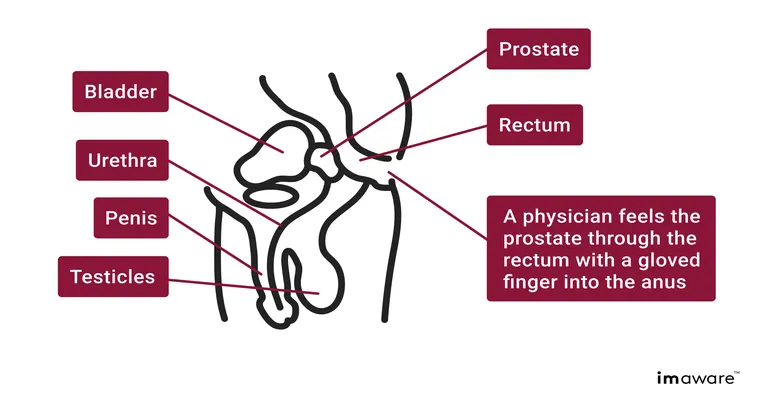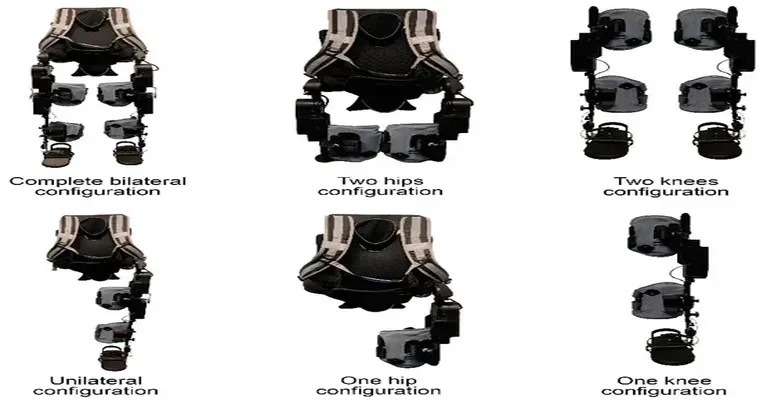Testing the "prostate" in men with "dementia" can be a challenging yet essential process. Given the complexities associated with dementia, including cognitive decline and behavioral changes, it is crucial to approach prostate testing with sensitivity and understanding. This article will explore various methods for testing the prostate in men with dementia, highlighting the importance of early detection and intervention.
Understanding the "prostate" and its functions is vital for caregivers and healthcare providers. The prostate is a small gland located below the bladder that plays a significant role in male reproductive health. Regular screening can help detect issues like "benign prostatic hyperplasia" or prostate cancer, both of which may have more severe implications for men with dementia.
When considering how to test the prostate in men with dementia, it is essential to consult with a healthcare professional who can assess the patient's cognitive abilities and overall health. This assessment will help determine the most appropriate method for testing. Here are several approaches that can be utilized:
1. "Digital Rectal Exam (DRE)": The DRE is a common method for prostate examination. However, for men with dementia, this procedure may require additional support to ensure comfort and cooperation. Caregivers should explain the process in simple terms and provide reassurance. If necessary, sedation or calming techniques may be employed to facilitate the exam.
2. "Blood Tests": The "Prostate-Specific Antigen (PSA)" test is a blood test that measures the level of PSA in the blood, which can indicate prostate issues. This method is less invasive and may be easier to administer to men with dementia who may resist physical examinations. Blood tests can be performed in a familiar setting, reducing anxiety and confusion.
3. "Imaging Tests": In some cases, imaging tests such as ultrasounds or MRIs may be used to assess the prostate without direct physical examination. These tests can provide valuable information about prostate size and potential abnormalities, making them an option for men who may be particularly sensitive to invasive procedures.
4. "Caregiver Support": Caregivers play a crucial role in facilitating prostate testing. Providing emotional support and ensuring a calm environment can significantly impact the experience for men with dementia. Caregivers should also familiarize themselves with the signs of prostate problems, such as changes in urination or pelvic discomfort, to advocate for timely testing.
5. "Regular Monitoring": For men with advanced dementia, regular monitoring of prostate health may be more appropriate than aggressive testing. Healthcare providers can establish a routine that includes symptom assessments and occasional screenings to ensure any changes are caught early.
In conclusion, testing the prostate in men with dementia requires a careful and compassionate approach. Utilizing methods such as "DRE", "PSA blood tests", and imaging techniques can help in evaluating prostate health while considering the unique challenges posed by dementia. Caregivers and healthcare providers must work together to create an environment that supports the individual’s comfort and dignity. Early detection of prostate issues can lead to better outcomes, reinforcing the importance of regular screenings and open communication about men's health, even in the context of cognitive decline.





